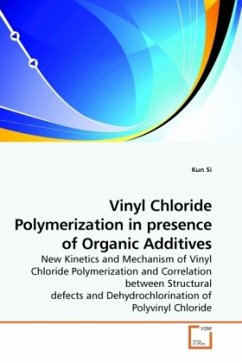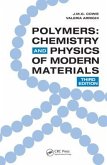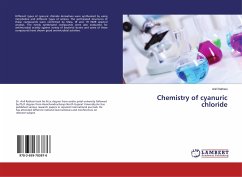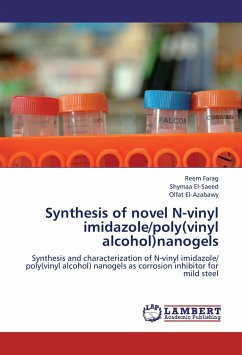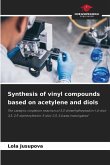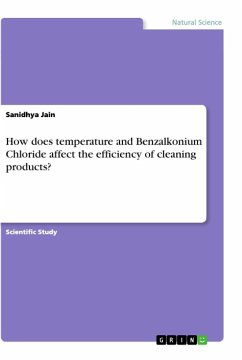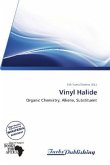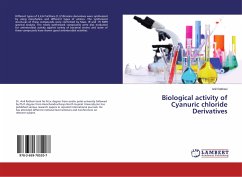In this work, a comprehensive study was performed on vinyl chloride polymerization in absence and presence of small amount of organic additives. A kinetic model was developed and successfully explained the increase of polymerization rate and molecular weights. An optimal additive concentration exists to get maximum molecular weight increase and possibly reducing structural defects of the resulting PVCs. Differential Scanning Calorimetry was used to study the crystallization behavior of the resulting PVCs. The thermal stability of the resultant PVCs was evaluated by dynamic Thermogravimetric Analysis and dehydrochlorination. A 2-parameter model was developed to describe the initial dehydrochlorination of the PVCs with rapid removal of HCl. 1D NMR spectroscopy, combined with COSY, gHMQC and gHMBC, was used to identify and quantify the structural defects of the resulting PVCs. Some additives were found to decrease the labile structure concentration and thus increase the thermal stability of the resulting polymers. A linear correlation was found between the dehydrochlorination rate and the labile structural defect concentration in the resulting PVCs.
Bitte wählen Sie Ihr Anliegen aus.
Rechnungen
Retourenschein anfordern
Bestellstatus
Storno

